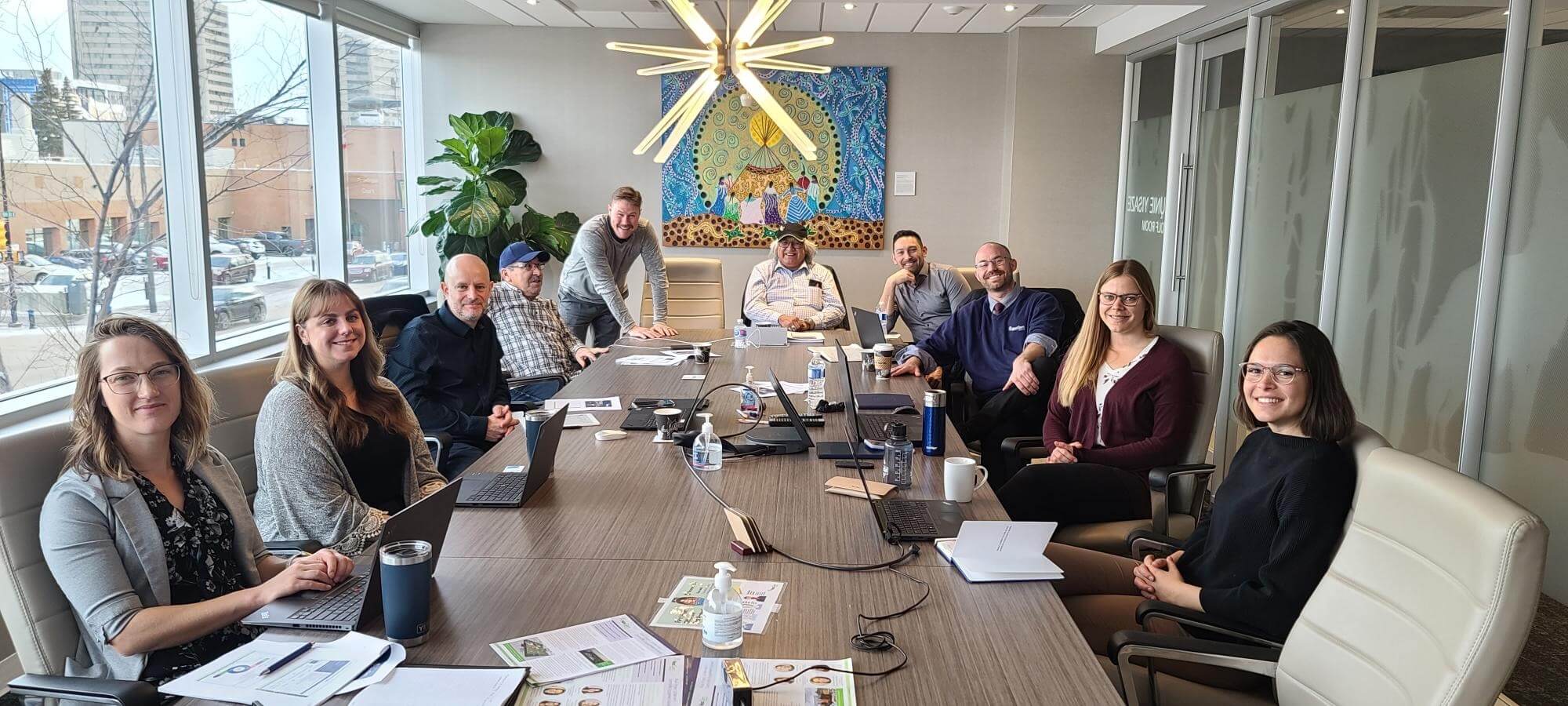The Rook I Project design includes an underground mine, a surface mill and ancillary facilities, and an Underground Tailings Management Facility (UGTMF) that provides the ability to store all tailings generated from the Project underground. The UGTMF setup, a first of its kind in the uranium industry, sets a new standard of environmental excellence and utilizes the same technology as paste backfill tailings storage, but expanded to meet the project’s specific requirements.
Through the development of a UGTMF, the Rook I Project will mitigate the potential adverse effects and challenges associated with the storage of surface tailings. NexGen will safely and permanently store tailings (i.e., waste materials generated from processing ore) underground, either as cemented paste backfill in mined areas, or as cemented paste tailings in chambers of the UGTMF.
While the UGTMF is more expensive than conventional, above-ground tailings storage, the minimization of potential adverse effects (including the loss of larger areas of wildlife habitat, management of long-term physical and chemical stability, seepage containment, and tailings dust dispersion) compared with traditional approaches is in line with NexGen’s approach to elite environmental performance.
Feedback from local Indigenous Nations included concern related to regional above ground tailings storage facilities; this feedback was considered when designing the UGTMF, which would be a first in northern Saskatchewan.
In addition to minimizing environmental effects when compared to an above-ground tailings management facility, the Project approach of utilizing a cemented paste tailings product will further reduce environmental effects by limiting the amount of potential impurities flowing very slowly in underground water paths from the UGTMF in to the environment, thereby mitigating potential effects to surface water quality, sediment quality, and fish and fish habitat.
The permanent storage of tailings underground also allows for progressive reclamation, ongoing decommissioning, and long-term disposal of waste from the process plant during operations.



.jpg)


